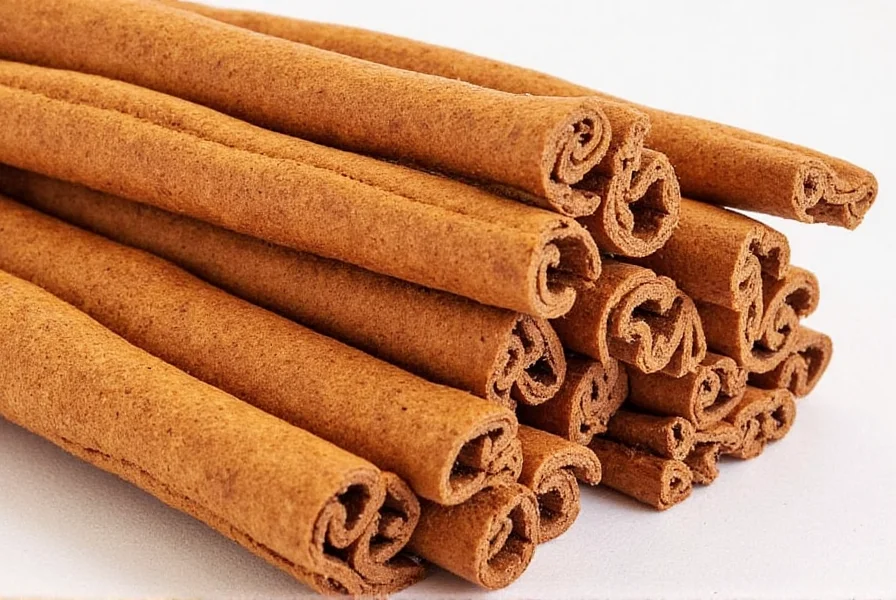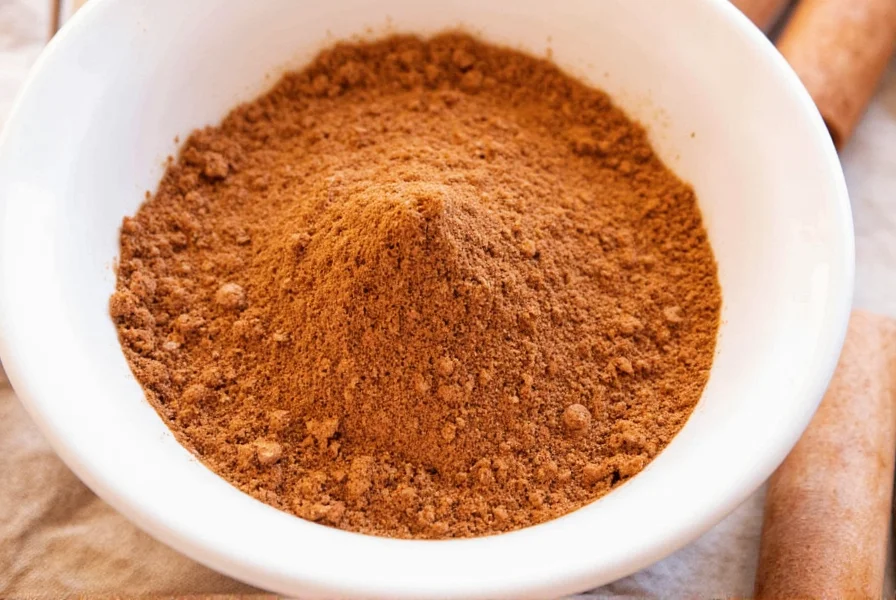What is Saigon cinnamon? It's a premium Vietnamese cinnamon (Cinnamomum loureiroi) known for its intense flavor and high essential oil content. Note: You might see it misspelled as "cinammon" or "cinnamom"—the correct spelling is "cinnamon" with two "n"s at the end. This bold spice outperforms common Ceylon and Cassia varieties in culinary applications.
Table of Contents
- What Is Saigon Cinnamon?
- Flavor Profile & Characteristics
- Saigon vs Ceylon vs Cassia: Key Differences
- Top Culinary Applications
- Health Considerations (Important Notes)
- Buying Guide: Quality & Storage
- Frequently Asked Questions
What Is Saigon Cinnamon?
Saigon cinnamon (Cinnamomum loureiroi), also called Vietnamese cinnamon, is harvested from trees grown in Vietnam's central highlands. Unlike generic "cassia" labels, authentic Saigon cinnamon has significantly higher cinnamaldehyde content (60-75%), giving it exceptional aroma and flavor intensity. It's dried into thick, tightly wound quills that release powerful notes of sweet spice and subtle pepper.

Saigon vs Ceylon vs Cassia: Key Differences
| Attribute | Saigon Cinnamon | Ceylon Cinnamon | Chinese Cassia |
|---|---|---|---|
| Origin | Vietnam | Sri Lanka | China |
| Texture | Thick, hard sticks | Thin, delicate layers | Thick, rough sticks |
| Flavor Intensity | Very strong (60-75% cinnamaldehyde) | Mild (5-10% cinnamaldehyde) | Strong but harsh (50-60% cinnamaldehyde) |
| Coumarin Content | High (0.3-1.2%) | Very low (0.004-0.01%) | High (0.4-1.2%) |
| Best For | Baking, savory dishes, spice blends | Delicate desserts, tea | General cooking (lower quality) |

Flavor Profile & Characteristics
Saigon cinnamon delivers exceptional complexity: warm, woody base with pronounced sweetness and a spicy kick. Its high essential oil content ensures flavor persists through baking and cooking, unlike milder varieties that fade. Unlike Chinese Cassia—which can taste bitter—Saigon offers balanced sweetness with no metallic aftertaste.
Top 7 Culinary Applications
- Baked Apples with Honey and Nuts – Enhances natural sweetness without overpowering
- Churro-Style Doughnuts – Creates signature crispy, fragrant coating
- Mexican Mole Sauce – Adds depth to complex spice blends
- Spiced Coffee or Hot Chocolate – Infuses rich aroma with minimal quantity
- Grilled Pork Rub – Combines perfectly with chili and brown sugar for savory-sweet profiles
- Pumpkin Spice Blends – Forms the backbone of autumnal flavors
- Rice Pudding – Provides warm, lingering fragrance in creamy desserts
Health Considerations (Important Notes)
While Saigon cinnamon contains antioxidants and may support blood sugar regulation, it should never replace medical advice. Due to high coumarin levels (up to 1.2%), daily consumption should be limited to 1/2 teaspoon for adults. Consult your healthcare provider before using for health purposes, especially if you have liver conditions. Always prioritize quality over quantity.
Buying Guide: Quality & Storage
| Product Type | Key Features | Best Use Cases | Quality Indicators |
|---|---|---|---|
| Whole Sticks | Long shelf life, reusable for infusions | Teas, syrups, slow-cooked dishes | Smooth surface, strong aroma when crushed |
| Ground Powder | Convenient for quick recipes | Baking, oatmeal, beverages | Vibrant reddish-brown color, no clumping |
| Organic & Fair Trade | Ethically sourced, no additives | Eco-conscious cooking | Certified labels, transparent sourcing |
Pro Tips:
- Check for "Saigon" or "Vietnamese" on labels (avoid generic "cassia")
- Store in airtight containers away from light to preserve potency
- Use 25-30% less than other cinnamon varieties due to higher potency
Frequently Asked Questions
Is Saigon cinnamon safe for daily use?
Yes, but strictly in moderation. Limit to 1/2 teaspoon per day due to coumarin content. Those with liver conditions should consult a doctor before regular use.
How does Saigon cinnamon differ from Ceylon cinnamon?
Saigon has 6-10x more cinnamaldehyde than Ceylon, resulting in bolder flavor and better heat retention. Ceylon is milder and better for delicate desserts, while Saigon excels in robust recipes. Saigon also contains significantly higher coumarin levels.
Why is my search showing "saigon cinammon" results?
"Saigon cinammon" is a common misspelling (missing one "n" in cinnamon). Search engines automatically correct this to "Saigon cinnamon". Always use the correct spelling for accurate information.
How much Saigon cinnamon should I use in recipes?
Start with 25-30% less than recipes call for with other cinnamon types. Its intense flavor easily overpowers dishes—adjust to taste after initial mixing.
What's the difference between "Saigon" and "Vietnamese" cinnamon?
They're identical. "Saigon cinnamon" is the common U.S. retail name, while "Vietnamese cinnamon" reflects its origin. Both refer to Cinnamomum loureiroi from Vietnam.
Can I grow Saigon cinnamon at home?
Only in tropical climates (USDA zones 10-12). Otherwise, purchase from reputable spice suppliers to ensure quality and authenticity.
Why This Matters for Your Kitchen
Saigon cinnamon isn't just another spice—it's a flavor powerhouse that transforms ordinary dishes. Its unmatched intensity means less is more, making it cost-effective for serious cooks. When you choose authentic Saigon over generic cassia, you're investing in consistent, restaurant-quality results that stand up to heat and time.










 浙公网安备
33010002000092号
浙公网安备
33010002000092号 浙B2-20120091-4
浙B2-20120091-4